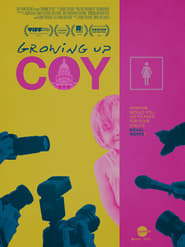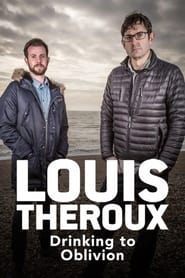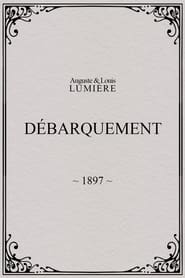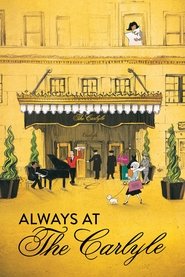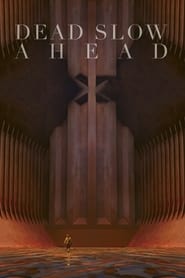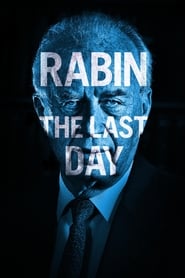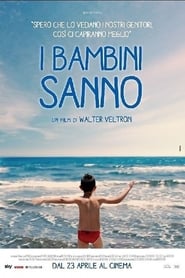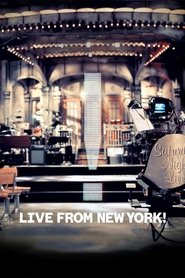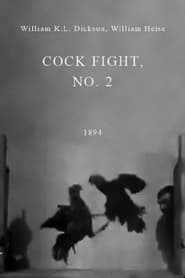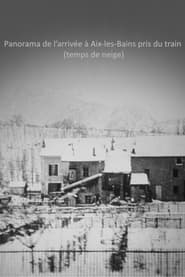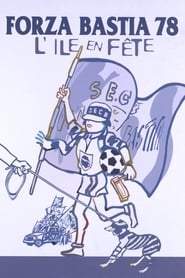Top Rated Documentary Movies on Pantaflix - Page 168
-
Venus
2016
Venus
2016
star 5.3During casting sessions, young women from Copenhagen talk candidly about their sexual experiences. Initially, the two female directors wanted to make a film as a way of better understanding their own sexual desires and frustrations. In response to a casting call, more than a hundred ordinary young women turned up and talked straight into the camera about their erotic fantasies. As shooting progressed, the filmmakers realized that these intimate casting sessions should in fact be the final film. -
Harry Benson: Shoot First
2016
star 6.6What we know today about many famous musicians, politicians, and actresses is due to the famous work of photographer Harry Benson. He captured vibrant and intimate photos of the most famous band in history;The Beatles. His extensive portfolio grew to include iconic photos of Muhammad Ali, Michael Jackson, and Dr. Martin Luther King. His wide-ranging work has appeared in publications including Life, Vanity Fair and The New Yorker. Benson, now 86, is still taking photos and has no intentions of stopping. -
Growing Up Coy
2016
Growing Up Coy
2016
star 6.5A Colorado family is thrust into the international media spotlight when they fight for the rights of their 6-year-old transgender daughter in a landmark civil rights case. -
Cinema Novo
2016
Cinema Novo
2016
star 6.7A deep investigation, in the way of a poetic essay, on one of the main Latin American movements in cinema, analyzed via the thoughts of its main authors, who invented, in the early 1960s, a new way of making movies in Brazil, with a political attitude, always near to people's problems, that combined art and revolution. -
The Beginning of Life
2016
star 7.3One of the greatest neuroscience breakthroughs is having discovered that babies are far more than a genetic load. The development of all human beings lies on the combination of genetics, the quality of the relationships and the environment they are set on. The Beginning of Life invites everyone to reflect: are we taking good care of this unique moment, which defines both the present and future of humankind? -
Louis Theroux: Drinking to Oblivion
2016
star 7.4Louis spends time at King's College Hospital in London where he immerses himself in the lives of patients in the grips of alcohol addiction and the medical staff trying to make them better. -
With My Heart in Yambo
2011
star 8.2Filmmaker María Fernanda Restrepo reconstructs events that led to her older brothers' murders at the hands of Ecuadorian police. -
Débarquement
1897
Débarquement
1897
star 5.1Short film by Lumière of people disembarking from a boat at the port of nice. -
Kiki
2016
Kiki
2016
star 5.625 years after Paris is Burning, we dive back into the fierce world of voguing battles in the Kiki scene of New York City, where competition between Houses demands leadership, painstaking practice, and performances on point. A film collaboration between Kiki gatekeeper, Twiggy Pucci Garçon, and Swedish filmmaker Sara Jordenö, we’re granted exclusive access into this high stakes world, where tough competitions act as a gateway into the daily lives of LGBTQ youth of color in NYC. The new generation of ballroom youth use the motto, “Not About us Without Us”. Twiggy and Sara’s insider-outsider approach to their stories breathes fresh life into the representation of a marginalized community who demand visibility and real political power. -
Always at The Carlyle
2018
star 6.7The iconic Carlyle hotel has been an international destination for a particular jet set as well as a favorite haunt of the most discernible New Yorkers. -
Dead Slow Ahead
2016
Dead Slow Ahead
2016
star 6.9A freighter crosses the ocean. The hypnotic rhythm of its gears reveals the continuous movement of machinery devouring its workers: the last gestures of the old sailors’ trade disappearing under the mechanic and impersonal pace of 21st century neo-capitalism. Perhaps it is a boat adrift, or maybe just the last example of an endangered species. Although we don’t know it, the engines are still running, unstoppable. -
Rabin, the Last Day
2015
Rabin, the Last Day
2015
star 4.7Itzhak Rabin's murder ended all efforts of peace, and with him the whole left wing of Israel died. The movie shows the last of his days as prime minister, and what led to his murder. -
I bambini sanno
2015
-
Fellini: A Director’s Notebook
1969
star 6.7Fellini discusses his views of making motion pictures and his unorthodox procedures. He seeks inspiration in various out of the way places. During this film viewers go with him to the Colisseum at night, on a subway ride past Roman ruins, to the Appian Way, to a slaughterhouse, and on a visit to Marcello Mastroianni's house. Fellini also is seen in his own office interviewing a series of unusual characters seeking work or his help. -
Live from New York!
2015
Live from New York!
2015
star 5.9Saturday Night Live has been reflecting and influencing life in the United States for forty years. LIVE FROM NEW YORK! goes deep inside this television phenomenon exploring the laughter that pulses through American politics, tragedy, and pop culture. -
Orion: The Man Who Would Be King
2015
star 7August 16, 1977. All of America was stunned by the news of Elvis Presley's untimely passing. Some went so far as to believe that it couldn't be true. Somehow he had faked his death. For the executives at Sun Records that fantasy became an opportunity in the form of Orion, a mysterious masked performer with the voice of The King. First appearing in 1979, Orion recorded 11 albums and performed live to packed houses and rapturous fans around the nation. But who was the man behind the mask? In this stranger-than-fiction true story, Jeanie Finlay exposes the incredible life of an unknown singer plucked from obscurity and thrust into the spotlight with the complicity of a manipulative music industry and a public fan base unwilling to let The King go. Resonant in its themes of identity, fate, and the double-edged nature of fame, Orion is a stylish mystery story that finally gives a name and a face to a gifted artist who had been unjustly deprived of both. -
Cock Fight, No. 2
1894
Cock Fight, No. 2
1894
star 3.6Two gamecocks are fighting inside a wire cage, while two spectators look on in the background. The two men agree to make a bet on the outcome. One of them shows his money to the other, who is commenting on the fight. -
Panorama de l’arrivée à Aix-les-Bains pris du train (temps de neige)
1896
star 5.7Panoramic film from the Lumiere Catalogue. -
Forza Bastia
2000
Forza Bastia
2000
star 5.7"Forza Bastia" is a 26-minute film documenting a UEFA Cup match between PSV Eindhoven and French club SC Bastia at the Furiani Stadium in 1978. Jacques Tati directed the piece at the request of friend Gilberto Trigano – the President of the Bastia club at that time. It was subsequently shelved and kept in storage until Tati's daughter Sophie Tatischeff eventually assembled the footage for release in 2002. -
O Seasons, O Castles
1958
O Seasons, O Castles
1958
star 6.2A short documentary on the chateaux of the Loire in France was commissioned by the French Tourist Bureau.
 Netflix
Netflix
 Amazon Prime Video
Amazon Prime Video
 Apple iTunes
Apple iTunes
 Apple TV Plus
Apple TV Plus
 Disney Plus
Disney Plus
 Google Play Movies
Google Play Movies
 Paramount Plus
Paramount Plus
 Hulu
Hulu
 HBO Max
HBO Max
 YouTube
YouTube
 fuboTV
fuboTV
 Peacock
Peacock
 Peacock Premium
Peacock Premium
 Amazon Video
Amazon Video
 The Roku Channel
The Roku Channel
 AMC+
AMC+
 Kocowa
Kocowa
 Hoopla
Hoopla
 The CW
The CW
 Vudu
Vudu
 Starz
Starz
 Showtime
Showtime
 PBS
PBS
 Pantaflix
Pantaflix
 FXNow
FXNow
 Tubi TV
Tubi TV
 Kanopy
Kanopy
 Comedy Central
Comedy Central
 Crunchyroll
Crunchyroll
 Microsoft Store
Microsoft Store
 Redbox
Redbox
 Sun Nxt
Sun Nxt
 ABC
ABC
 DIRECTV
DIRECTV
 Crackle
Crackle
 Fandor
Fandor
 Plex
Plex


